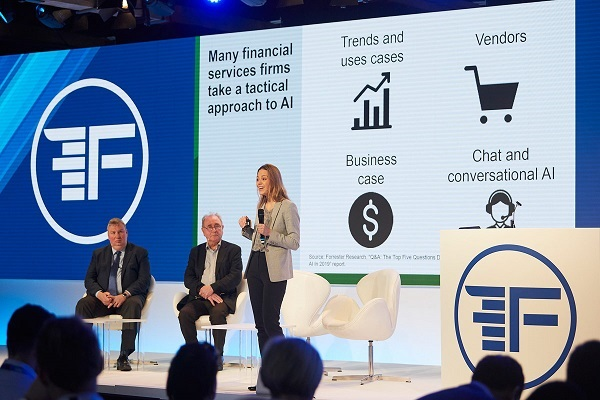Big Data is more than just a technology trend; it is an important paradigm that is defining how online business will be conducted in the next few decades.
To get an idea of the sheer magnitude of data being created and collected these days, consider this estimate by industry analysts: 2.5 quintillion bytes of data, meaning a figure followed by 18 zeros, are created on a daily basis. A great portion of all this information is collected analyzed in accordance with the principles of Big Data, particularly with regard to stimulating innovation, improving efficiency and raising the levels of competitive enterprise.
A 2015 survey of central banking activity in Europe and Turkey revealed that nearly 60 percent of sovereign financial institutions are not prepared to implement Big Data protocols in their national banking systems. This is a missed opportunity insofar as what banks can leverage from Big Data.
Customer acquisition
The most important success factor for banks these days is their ability to acquire and retain customers, who may range from account holders to investors and from consumers to those who seek special services.
As a financial commodity, banks are highly dependent on their ability to reach and retain customers. Competition is very active in this sector, and banks these days are mostly limited to making profits on deposits and fees; let’s not forget that investment restrictions were applied in the wake of the global financial crisis of 2008.
Customer acquisition requires an almost intimate knowledge of customer profiles. The idea is to be able to capture the attention of customers by making the right offer at the right time; this is something that requires the accurate levels of market intelligence that Big Data can provide.
To stay ahead of the competition, banks not only need to analyze large amounts of data; they also need to do it very quickly and before their rivals beat them to it. For this reason, most Big Data projects in banking focus on account holders and prospective customers.
Managing data volumes
The banking sector has always been associated with data collection, and this is something that predates the Internet banking era. Unfortunately, most data collection efforts have lacked proper structure; therefore, the data has not been harnessed to its full potential.
Banks have numerous data sources that can be mined; they include online banking visits, automated teller machine (ATM) logs, social media channels, voice response systems (VRS), SMS banking sessions, and many others. All these data sources add up to a major volume of information that can be used to identify patterns, create marketing opportunities and adjust overall strategies.
Putting data to good use is a priority of the Big Data paradigm. An example in this regard is the data captured by the customer relationship management (CRM) system used by a bank’s telephone contact center; with the proper analytical tools combined with social media responses, the bank can get a good picture of what their clients like and dislike, which can in turn be taken into consideration when personalizing services.
A natural fit for Big Data in the banking sector is the analysis of financial performance, which in the past has been used to extend credit card offers, market loans and mortgages, and create products such as special savings accounts for specific goals.
An even more important aspect of Big Data that can help the banking industry is risk management and loss mitigation. Recent cyber heists suffered by the Central Bank of Bangladesh and a major financial institution in Vietnam suggest that some bank customers may be gathering information that can be used by hackers to breach networks. Similarly, Big Data can assist banks in identifying patterns conducive to credit card fraud and penetration attacks.
The need for banking professionals with big data skills
Banks rushing into the world of Big Data are more likely to seek business partnerships with third parties than they are to hire skilled employees, and this is a mistake.
The advantage of banks hiring their own Big Data specialists is that they can develop their new hires into very valuable assets of the company. Banks need all their employees to become trustworthy and loyal for the purpose of eventually becoming dedicated managers or key personnel. One of the problems in this regard is related to supply and demand; the talent shortage for Big Data scientists is estimated to be higher than 70 percent.
One aspect of human resources that banks need to keep in mind as they recruit Big Data talent is that these employees will need consistent training for the purposes of success and retention. One thing that the Big Data and banking sectors have in common is that they are very active in terms of establishing industry standards; therefore, Big Data specialists in the banking sector must be provided with the opportunity to refresh their skills and to stay on top of industry changes.
The future of banking and big data
Training bankers to become Big Data specialists will certainly present a major challenge to the financial industry. The current staffing gap will only be alleviated to a minor extent in 2017; later, the gap will grow by more than 20 percent per year until the end of the decade.
Banks that choose to ignore the Big Data paradigm are bound to be consumed by their competitors. The only way to avoid this situation is by getting serious in terms of recruiting and retention of employees whose Big Data skill sets are being highly sought after by other sectors.























